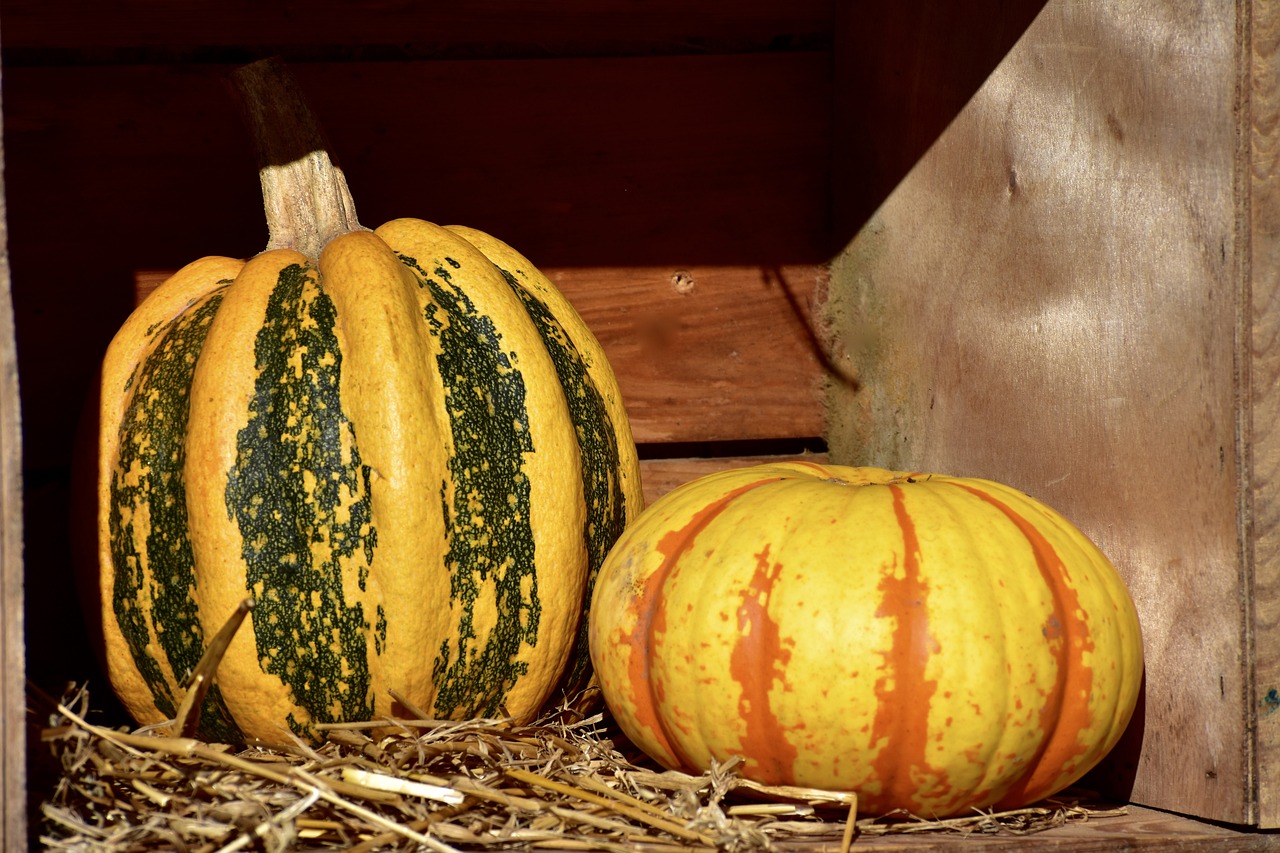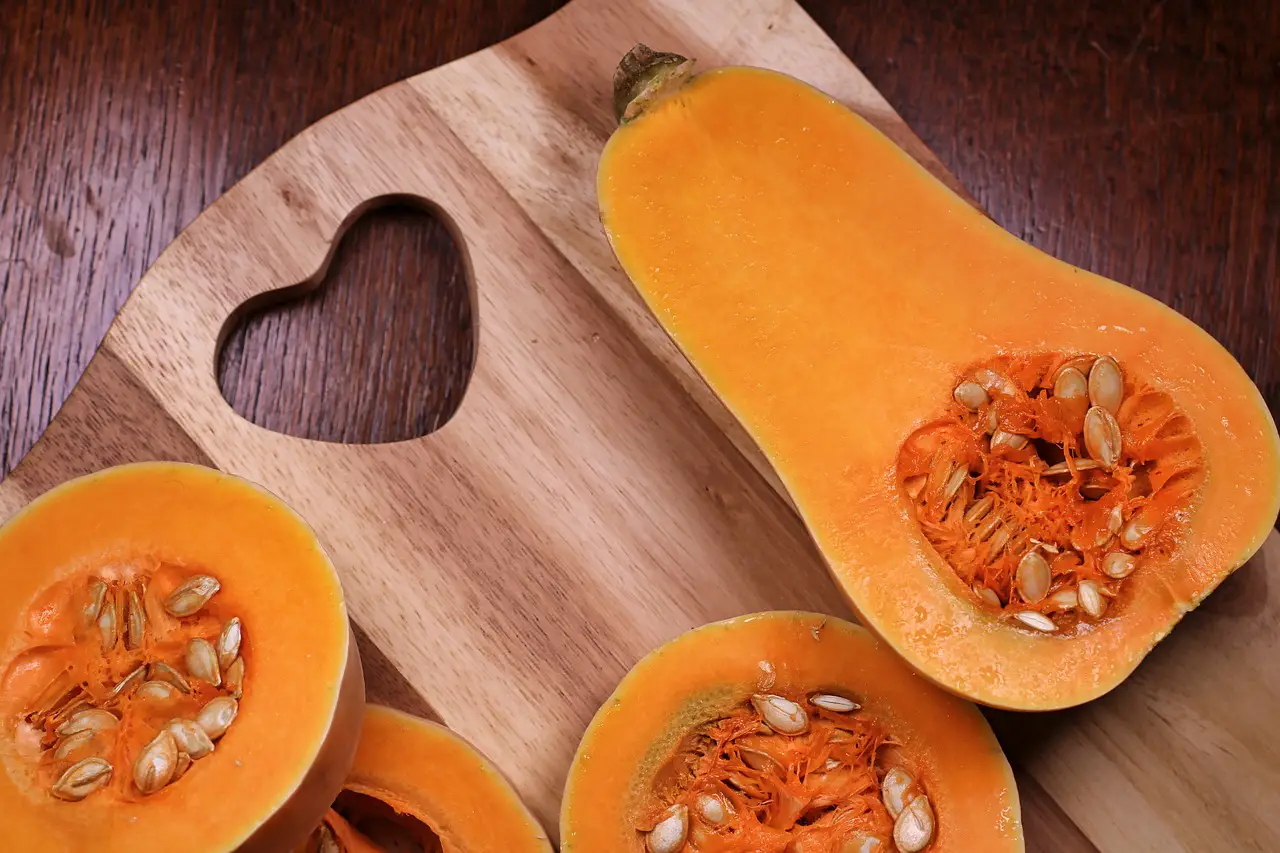Are you looking for a way to freeze yellow squash without blanching? There are several different methods, some of which will work better than others. The method you choose will depend on the squash you are freezing.
For example, if you are trying to keep the color of the squash, you should use a method that does not involve blanching. This is because the colors of the vegetables may change over time, so you will want to ensure that they are preserved as evenly as possible.

What is Yellow Squash?
Summer squash, also known as yellow squash, is a variety that is often selected when it is still young, and the skin is tender and delicious. It usually has an intense yellow or orange hue and is cylindrical with a slightly bulbous end. Typically available in the summer, yellow squash is a warm-season crop. It has a lot of fiber, vitamin C, and vitamin A while being low in calories. It can be consumed raw or cooked and is frequently used in salads, soups, stews, and casseroles. It can also be grilled, fried, or baked.
How to Freeze Yellow Squash without Blanching?
Yellow squash can be frozen without being blanched, but it’s crucial to remember that the squash’s texture and flavor may alter after freezing. To freeze yellow squash without blanching, follow these instructions:
- Start with yellow squash that is ripe and fresh, without any blemishes or soft patches.
- Slice or chop the squash into the appropriate size and shape.
- On a baking sheet, arrange the squash in a single layer, and freeze it.
- Transfer the squash to an airtight container or plastic freezer bag and seal it shut after frozen completely. Make careful to write the date on the bag’s label.
- Maintain the squash at 0°F or below in the freezer’s coldest area.
It’s crucial to remember that frozen yellow squash will have a softer texture when thawed and could not work for recipes that need the squash to maintain its shape, such as stir-fries. It works well in soups, stews, casseroles, and as a side dish. For maximum quality, frozen yellow squash should be utilized within eight months.
Take the frozen yellow squash out of the freezer and let it thaw in the Fridge until you’re ready to use it. It must be used within 3 to 4 days of defrosting.
How to Defrost the Yellow Squash?
Although there are numerous ways to defrost yellow squash, the most secure and efficient way is to put it in the refrigerator. The following steps:
- Frozen yellow squash should be taken out of the freezer and put in the refrigerator on a plate or in a container to catch any fluids that may run out.
- Give the yellow squash enough time to defrost. A common guideline is to give each 5 pounds of yellow squash 24 hours to defrost.
- The yellow squash must be cooked or used immediately after it is thawed. The yellow squash can be stored in the refrigerator for up to three days if you are not ready to prepare it.
- The cold water method is another technique for defrosting. Although this procedure is quicker than thawing in the refrigerator, it demands more care:
- Put the frozen yellow squash in a plastic bag with a tight-fitting seal.
- Put the bag in a bowl of cold water or a sink. The yellow squash must be completely submerged.
- To keep the water out and hasten the thawing process, change the water every 30 minutes.
This approach thaws yellow squash more quickly than other methods—typically takes 30 to 1 hour per pound—but you must ensure the squash is kept at a safe temperature during the thawing process.
It’s crucial to keep in mind to cook the yellow squash right away after defrosting.
How to Store Yellow Squash?
If you’ve ever preserved any other vegetable, keeping yellow squash won’t be a problem. You can store yellow squash the same way you would store zucchini or cabbage because practically all veggies have similar storage requirements.
But why is the storage of yellow squash so crucial? If not kept at the right temperature, yellow squash has a short shelf life and will quickly deteriorate. So you’ll need to store the yellow squash properly if you want it to survive an extended duration. Yellow squash can be stored as per the guidelines outlined below:
At Room Temperature
At room temperature, yellow squash does not grow well. However, if you keep them at room temperature for a long time, they might start to decay. The pantry is a good place to store yellow squash for a long period. If you plan to utilize the yellow squash within three to four days, there is no need to keep it in the refrigerator or anywhere else. Instead, you can keep it for a few days in a great, dark place. You can then keep it in your home’s kitchen or pantry.
Do Not Wash
Please don’t wash the yellow squash before putting it in the Fridge or at room temperature. Vegetable oxidation is accelerated by water interaction, which harms the produce and speeds up its decomposition. If you intend to utilize the yellow squash, wash it only then; otherwise, leave it alone.
Keep it in the Fridge
If you don’t use the yellow squash within three days, avoid storing it at room temperature. Instead, please put them in the refrigerator, where they can last a long time without going bad. Additionally, keep any leftover sliced pieces of yellow squash in the fridge at all times. Please store them in the vegetable drawer of the refrigerator.
Maintain in an Airtight Container
If you have any chopped yellow squash, seal the pieces from moisture by placing them in an airtight container or plastic bags before freezing.
How to Identify Whether Yellow Squash is Bad?
To determine whether your squash is rotten, look for signs of rot. These can be surface-crawling insects or fly larvae. Additional indications of rotting flesh include soft or shriveled skin or regions of the body. You should discard them if you see these indicators. If the skin is tender, the flesh can also be bad. Checking the meat to make sure it isn’t rotten is crucial.
When a yellow squash is fully grown, its skin is smooth and brightly colored. Although the fruit’s skin could be soft or rough, scratching it won’t make it rot. It should weigh around one pound. An unbalanced or crooked neck is a sign of bad health.
A healthy squash has bright yellow, smooth skin, while a light yellow squash will have a dark beige hue. A too big or detached stem can ruin the squash, while a missing branch will cause mold to grow.
The skin of yellow squash should have a beautiful sheen and be free of worms; if it is mushy or spongy, it is bad. The inside of the squash should be mushy and rotten; squash with wrinkled or soft skin is also sour. Try to find another one that is still edible if these signs are present before tossing the first one.
Another quick technique to determine whether yellow squash is bad is to check its size and weight.
The average weight of both the straight and crooked neck yellow squash is one pound, and to be regarded as normal and healthy, one should weigh at least one pound.
When picked up or moved, yellow squash should not be scratched or dropped. Because vegetable skin is so thin, it is vulnerable to abrasions from improper handling, which can leave soft spots.
Harmful Effects of Consuming Spoiled Yellow Squash
Like eating contaminated meat, eating spoiled yellow squash can result in food poisoning, which can produce various symptoms. Consuming rotten yellow squash can result in several common symptoms of food poisoning, including:
- Gastrointestinal symptoms: Consuming rotten yellow squash can lead to food poisoning, which frequently manifests as nausea, vomiting, diarrhea, and stomach cramps.
- Fever: A fever could develop as the body fights off the infection.
- Fatigue and weakness are potential effects of food poisoning.
- Dehydration: Vomiting and diarrhea contribute to dehydration, resulting in dry mouth, dark urine, and reduced urine production.
- Headache: One of the signs of food poisoning for some people may be a headache.
- Additional symptoms: Some people may have joint pain, muscle aches, and general malaise.
- The spectrum of mild to severe symptoms depends on the type of bacteria that caused the food poisoning. Food poisoning occasionally causes severe side effects like kidney failure, meningitis, or even death.
It’s crucial to remember that some people, such as small children, pregnant women, elderly adults, and persons with compromised immune systems, are more susceptible to developing severe food poisoning. It is important to get medical attention immediately if you or someone you know has symptoms of food poisoning after consuming spoiled yellow squash.
Yellow squash should always be handled and stored correctly, kept at a safe temperature, used before its expiration date, and thrown away if it exhibits any signs of rotting, such as discoloration, unpleasant odors, or a slimy texture.
Conclusion
Freezing summer squash is a great way to preserve the flavor and freshness of your harvest. However, it’s important to know how to freeze squash correctly. You’ll need to follow a few simple steps to avoid freezer burn and keep the nutrients.
Before freezing, remove the stem ends and blossom ends. Also, clean the squash thoroughly with a soft brush. A good vacuum food sealer is the best choice for freezing. You can also store the squash in a zipper freezer bag for easy access. After washing and drying the squash, cut the squash into pieces. Slice the squash into 1/4-inch thick slices. These can be frozen for up to a year.
